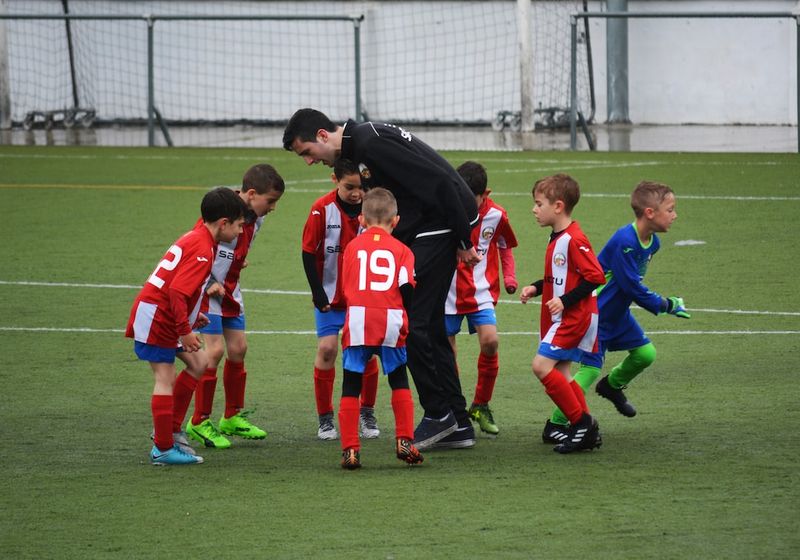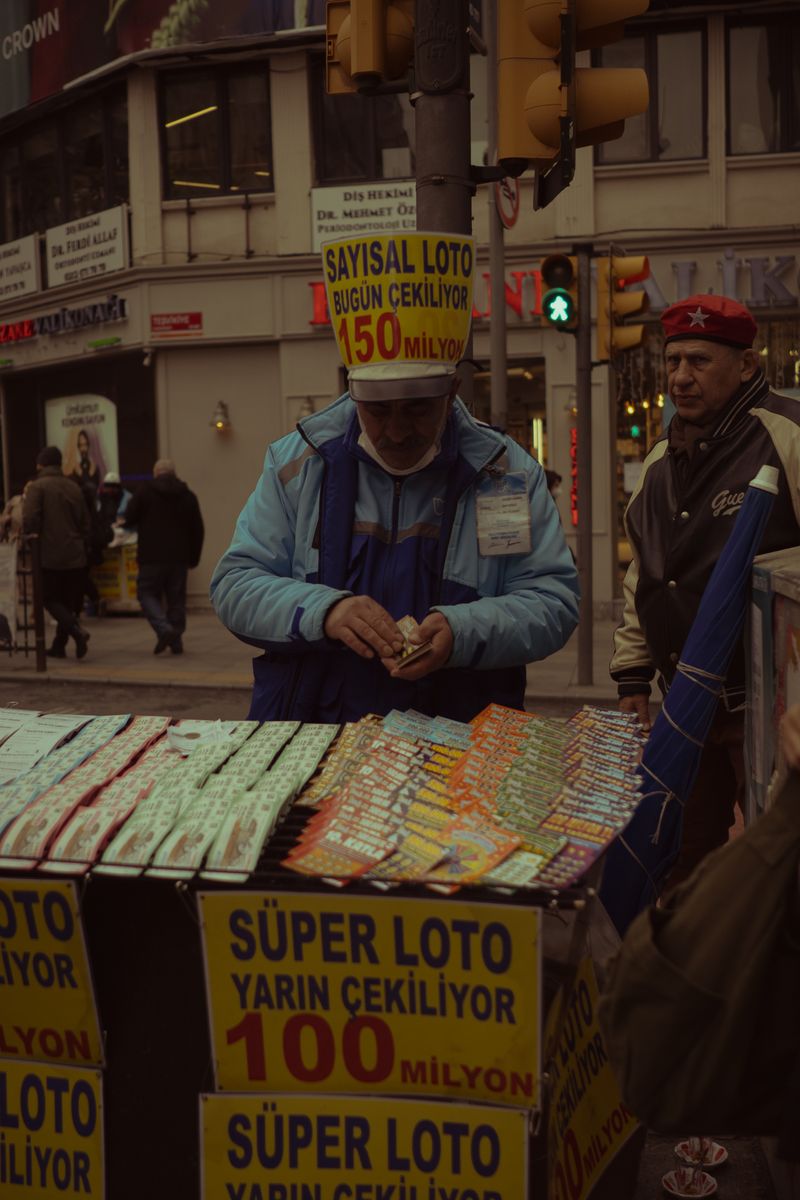Fake Image of an ‘Explosion’ Near the Pentagon Causes Confusion and Reveals the Dangers of Twitter Verification
The Incident
Several verified Twitter accounts shared a fake image of an explosion near the Pentagon on Monday, causing confusion and leading to a brief dip in the stock market. The image was generated by artificial intelligence and falsely claimed to be associated with Bloomberg News. Twitter later suspended the account, and local officials confirmed that no such incident had occurred.
The Dangers of Twitter Verification
Under owner Elon Musk, Twitter has allowed anyone to obtain a verified account in exchange for a monthly payment, making Twitter verification no longer an indicator that an account represents who it claims to represent. This incident highlights the dangers of verification abuse, where verified accounts spread false information, leading to confusion and potentially damaging consequences.
The Importance of Information Sharing
The false reports of the explosion also made their way to a major Indian television network, Republic TV, which reported the fake news on air, citing reports from the Russian news outlet RT. It later retracted the report when it became clear the incident had not taken place. This incident emphasizes the importance of verifying sources before reporting and sharing information, particularly in today’s world where false information can spread rapidly on social media.
The Role of Artificial Intelligence in Misinformation
The image shared on Twitter shows typical signs of being AI-synthesized, including structural mistakes on the building and fence that would not exist if someone added smoke to an existing photo. This highlights the potential for AI to be used to generate fake images and spread misinformation. It is crucial to develop new ways to detect and combat the spread of fake images generated by AI to prevent confusion and harm.
Conclusion and Advice
The incident of the fake explosion near the Pentagon reveals the importance of verifying sources and avoiding the spread of false information. It also highlights the dangers of Twitter verification abuse and the potential for AI-generated fake images to spread misinformation. As individuals, we must always scrutinize the veracity of the information we encounter online. As social media companies move forward, they must find ways to detect and combat the spread of AI-generated fake images, while still respecting freedom of speech and the principles of a free press.

<< photo by Edgar >>
You might want to read !
- “The Social Media Dependence: How the Instagram Outage Reveals Our Addiction”
- Insights into the Impact of Instagram’s global outage on users
- Hank Green’s Cancer Diagnosis: The Power and Limitations of Social Media as a Support System
- The Danger of Spreading Misinformation: Examining the Story Behind the Fake Pentagon Explosion Images.
- Tragedy Strikes Preakness Stakes with Horse Euthanized Hours Before Racing
- The Kari Lake Trial: Examining the Consequences of Challenging Election Results in Arizona.
- “Insights on the Kari Lake Election Trial as Witnesses Take the Stand”
- How School Shootings Continue To Impact American Society: A Look Into The St. John’s Prep Evacuation In Danvers.
- “How NCIS: LA’s Finale Could Have Been Different: Insights from the Showrunner”
- The Lingering Questions of the Illinois Kidnapping case as Abducted Girl is Found Safe in North Carolina




